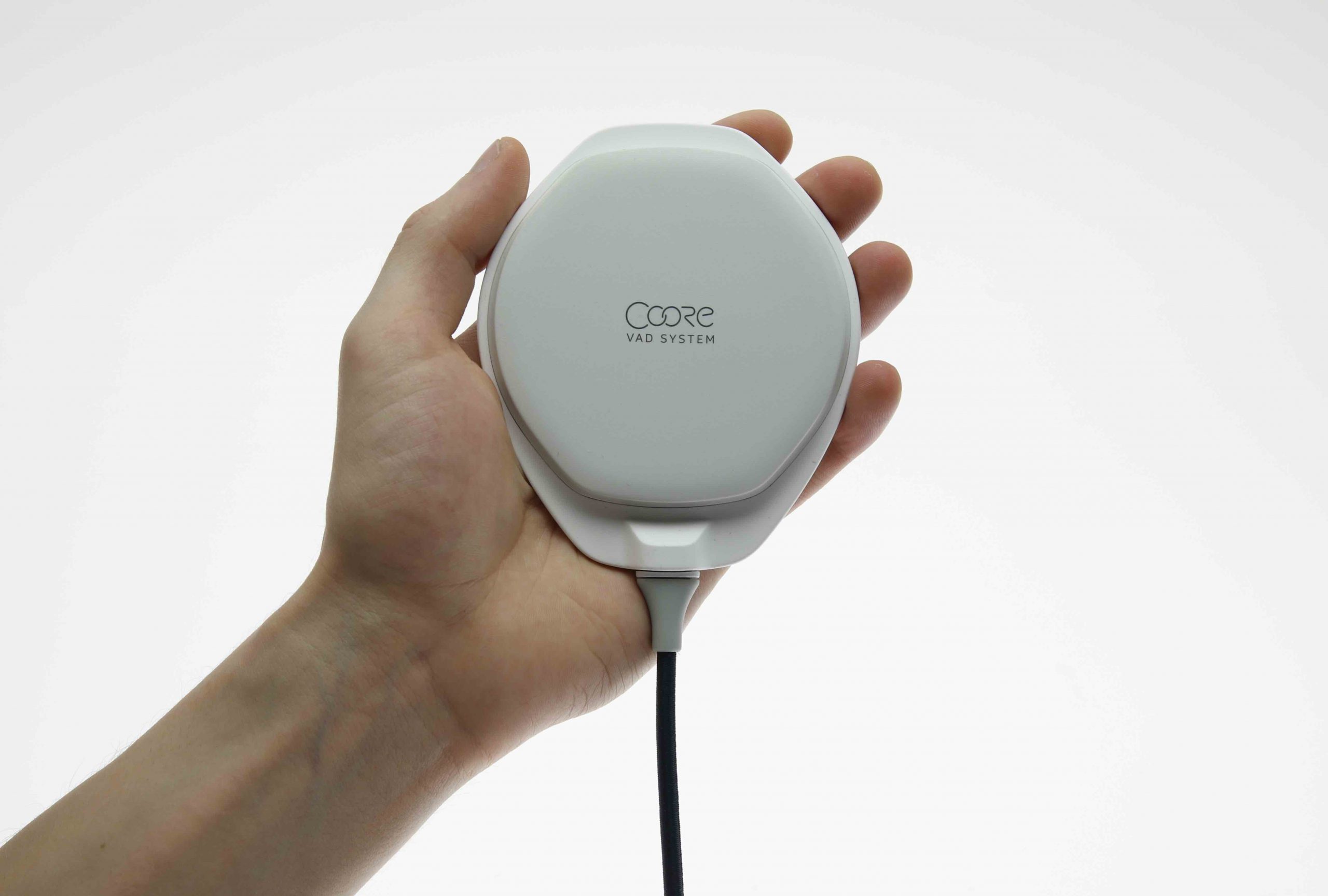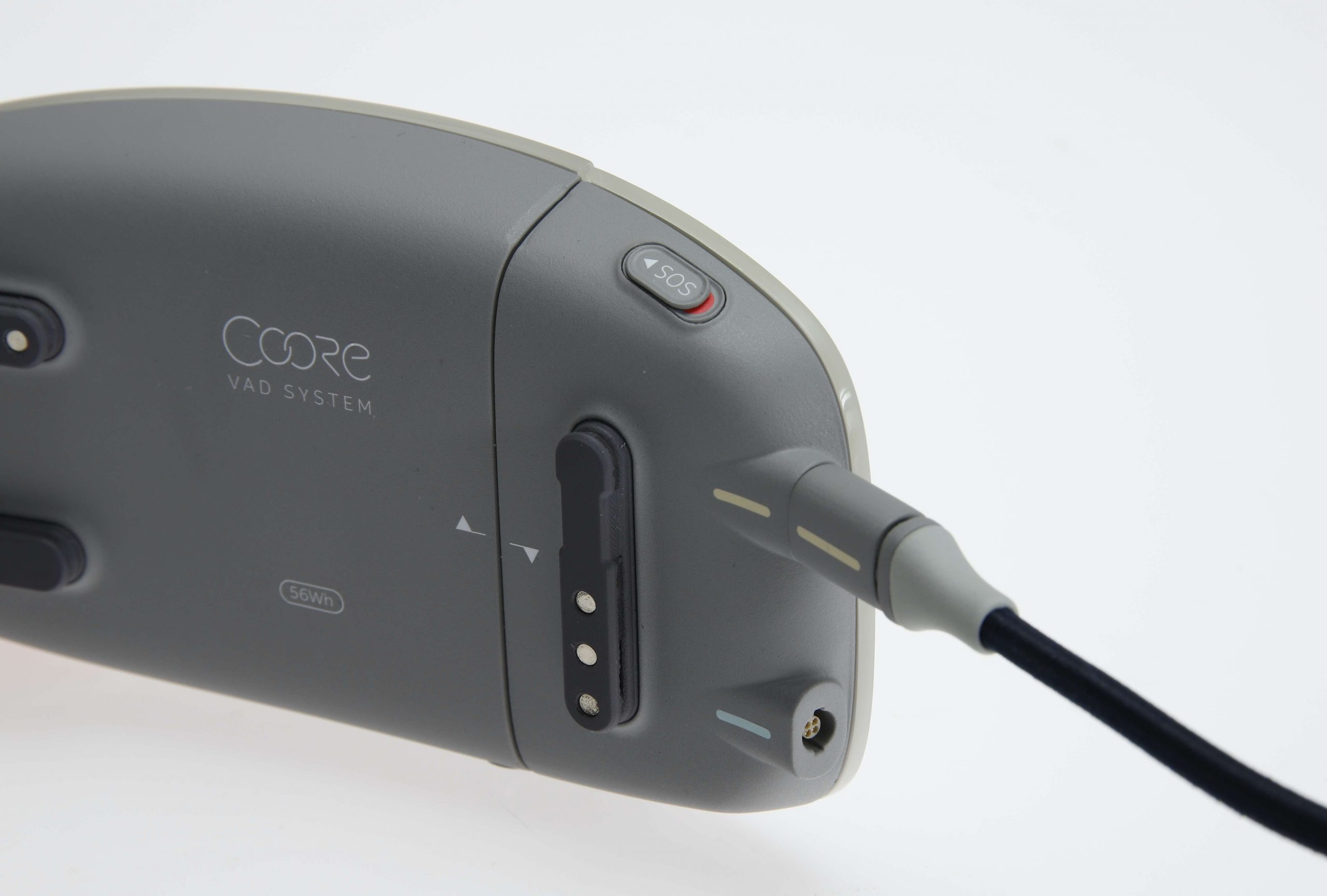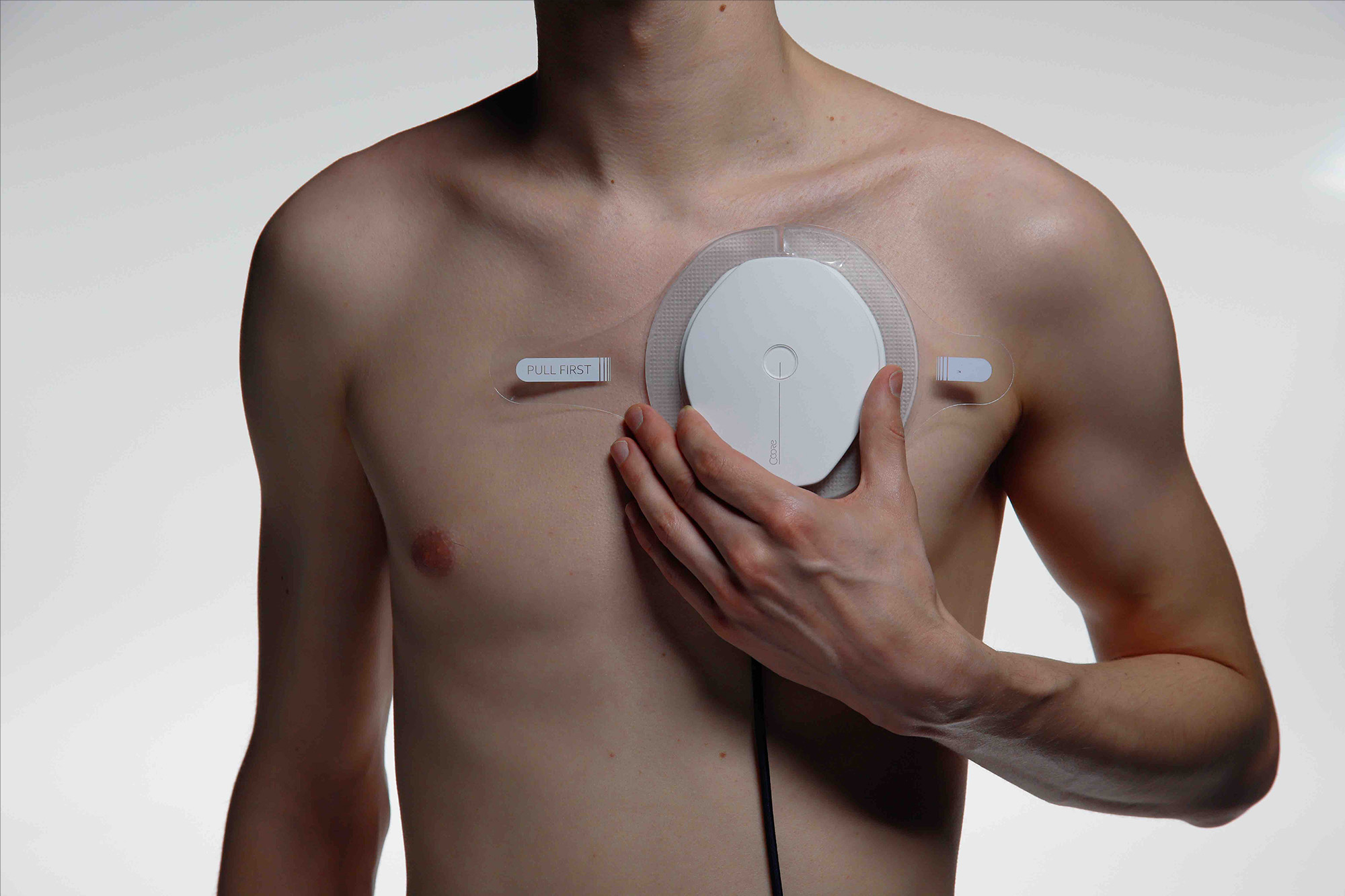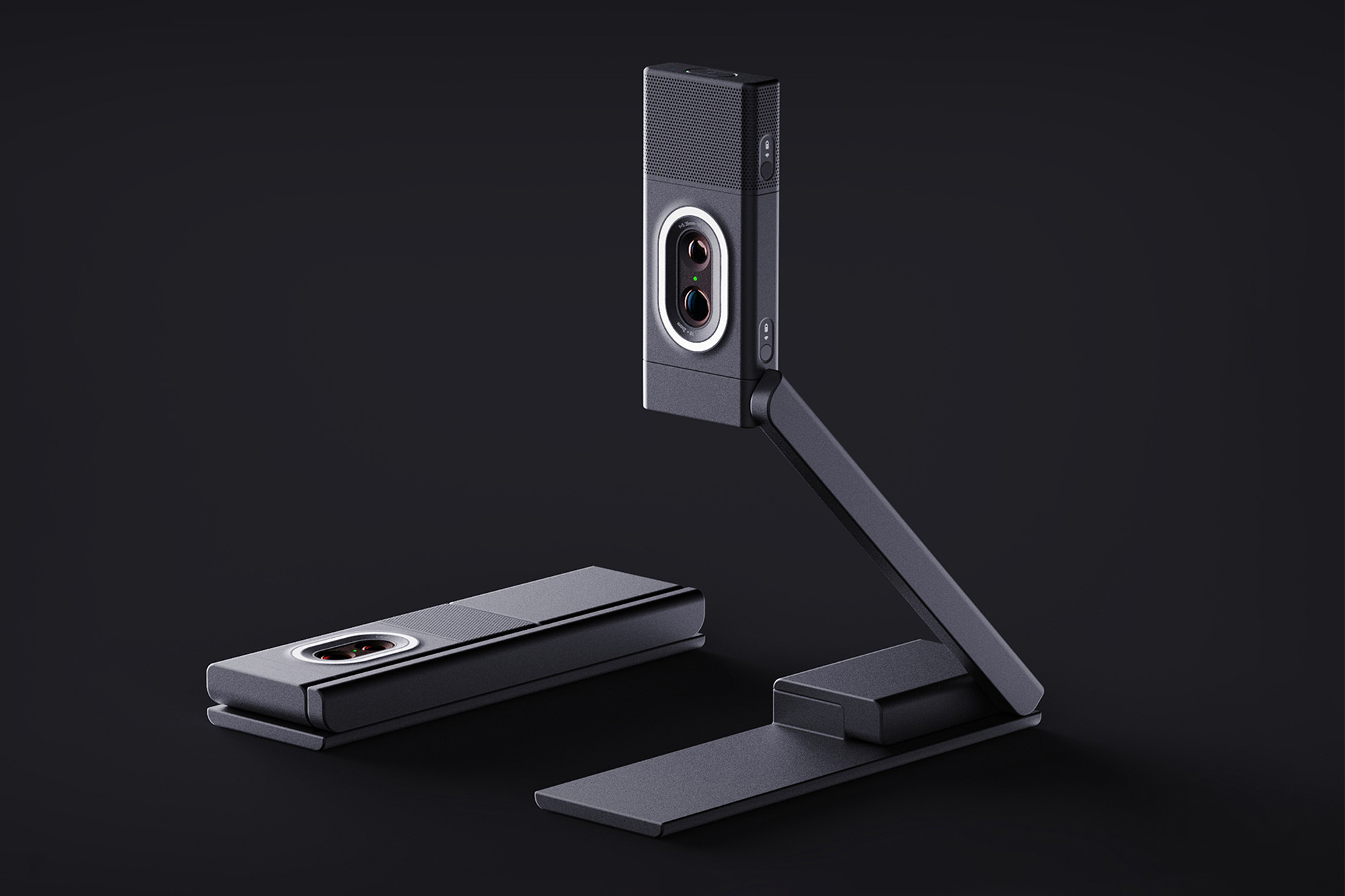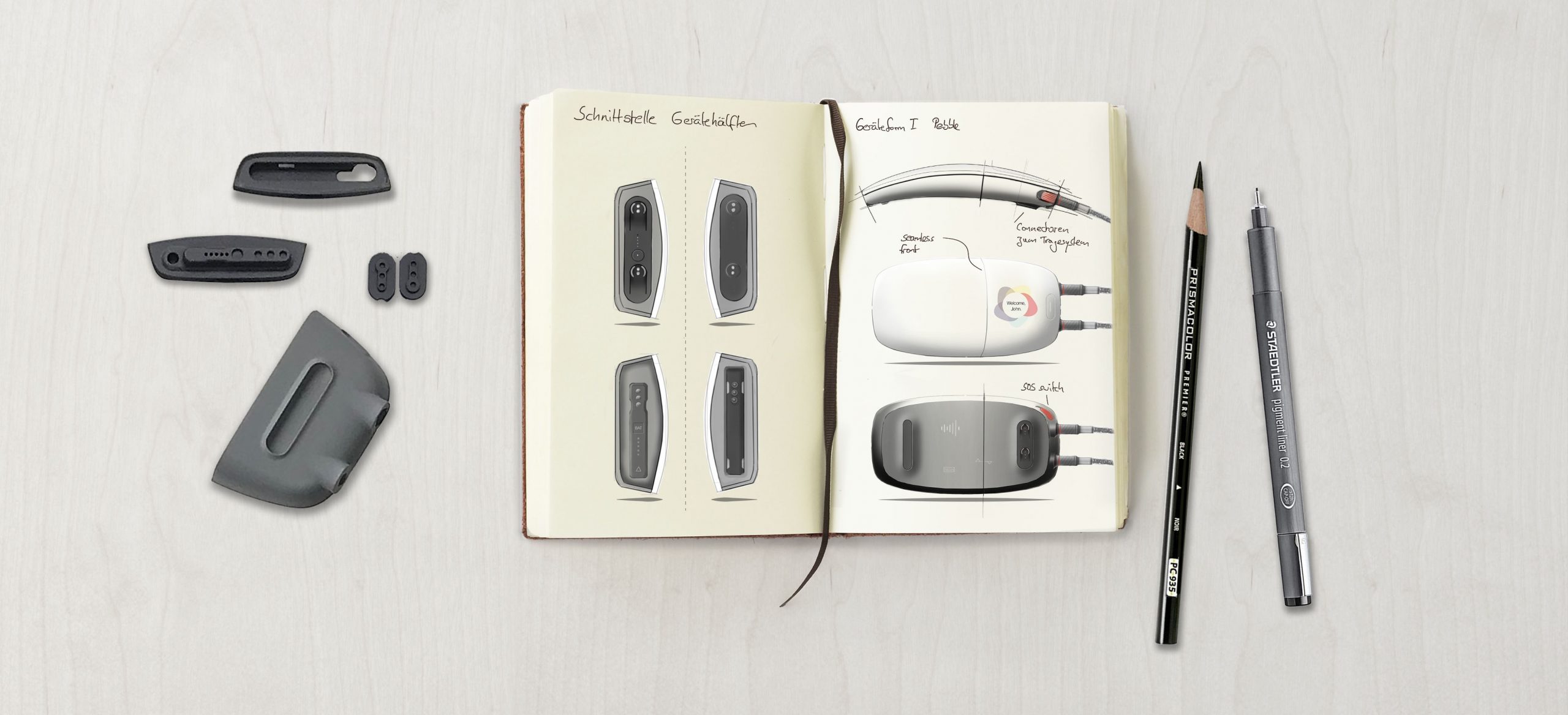
Bachelor Thesis Project 2018 University of Wuppertal (Germany)
COORE
According to the New York Heart Association, more than 30 million people suffer from heart insufficiency world-wide. From a certain stage, the patients can no longer attend a normal life and need a transplant heart. But heart transplantation means a highly invasive surgery, combined with long waiting and rehabilitation times.

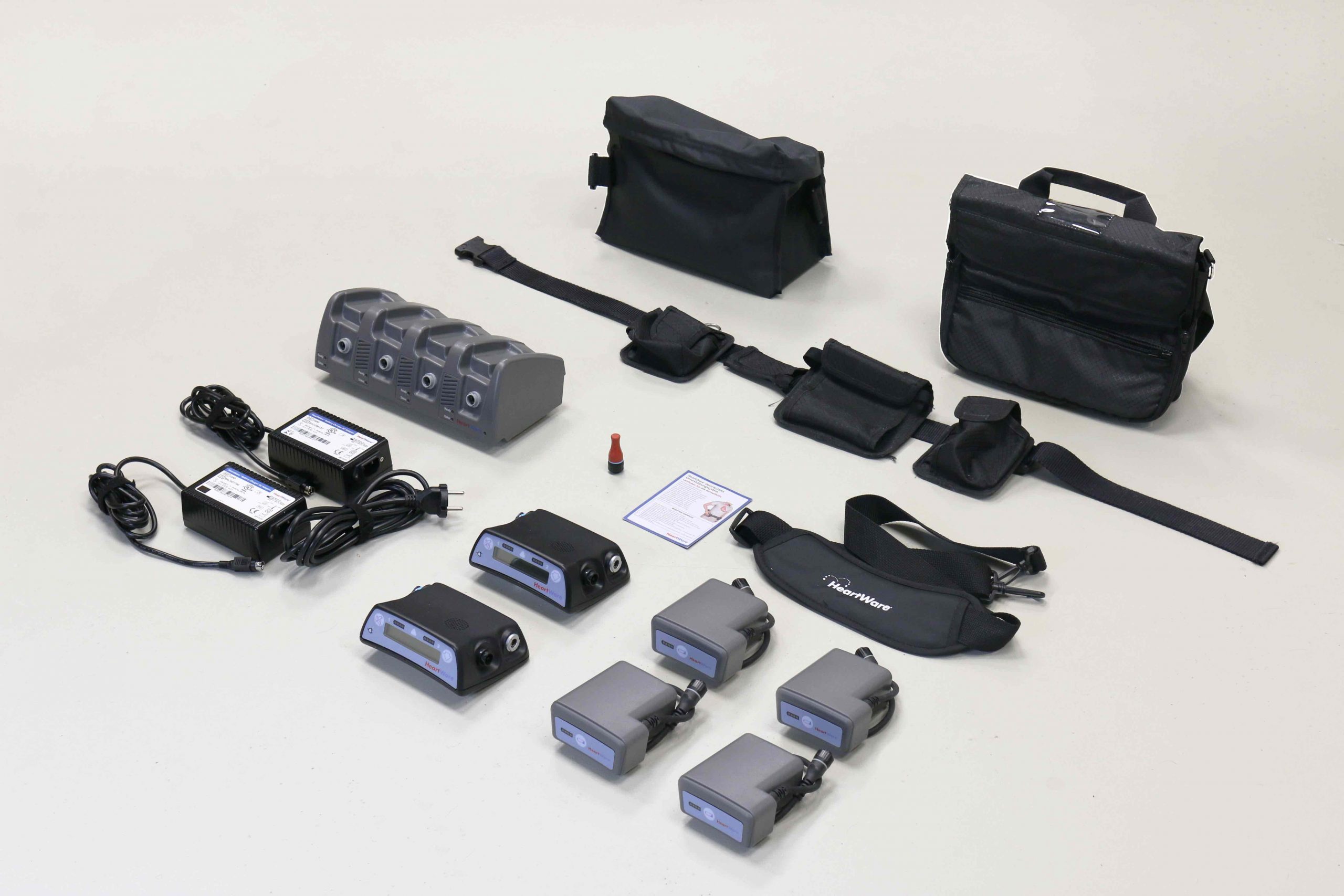
VETRICULAR ASSIST DEVICES (VAD)
To bridge the time or avoid the need for heart transplantation, a VAD system can support the vital functions of a weak heart. It also requires invasive surgery, but it saves many lives due to its availability.
THE PROBLEM WITH THE DRIVELINE
A huge downside of these systems is the necessity of a power cable (driveline) that is permanently penetrating the skin of the patient. There is a high risk of infection and infections have been observed in studies as the leading cause of death for VAD patients.
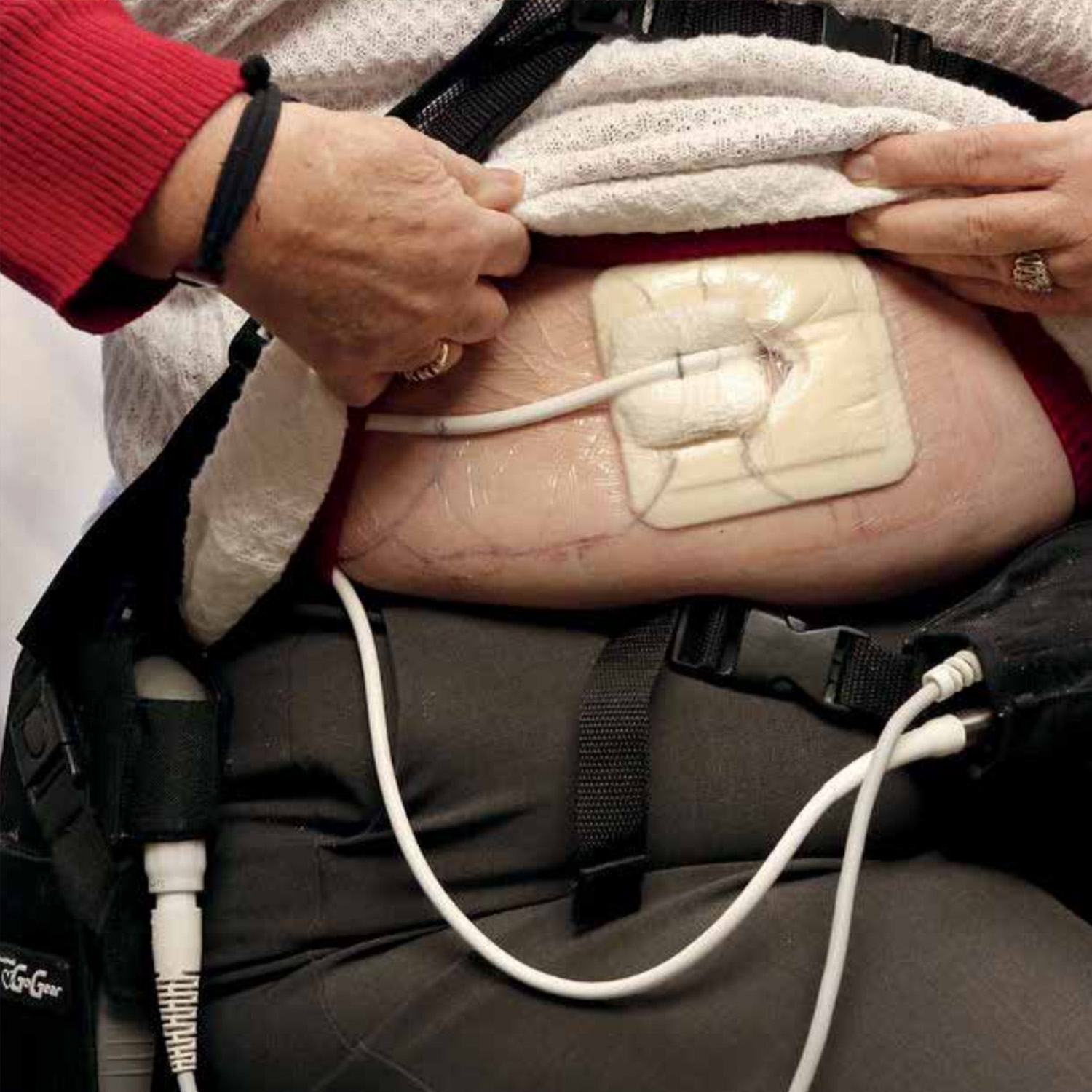

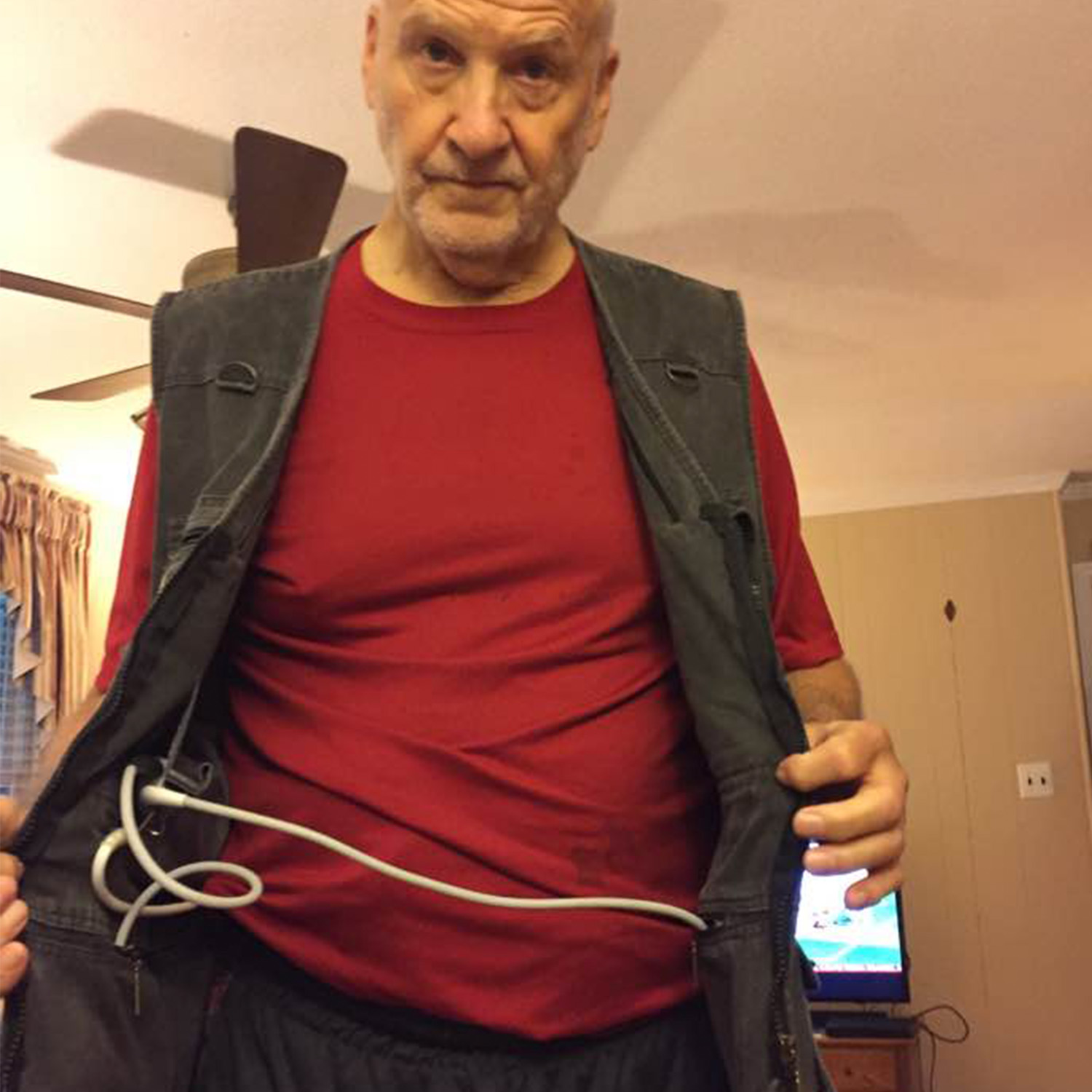
DESIGN PHASE
The starting point has been a user-centered design approach. I set the focus on identifying the patient's needs, from pre-surgery to rehabilitation to all-day situations.



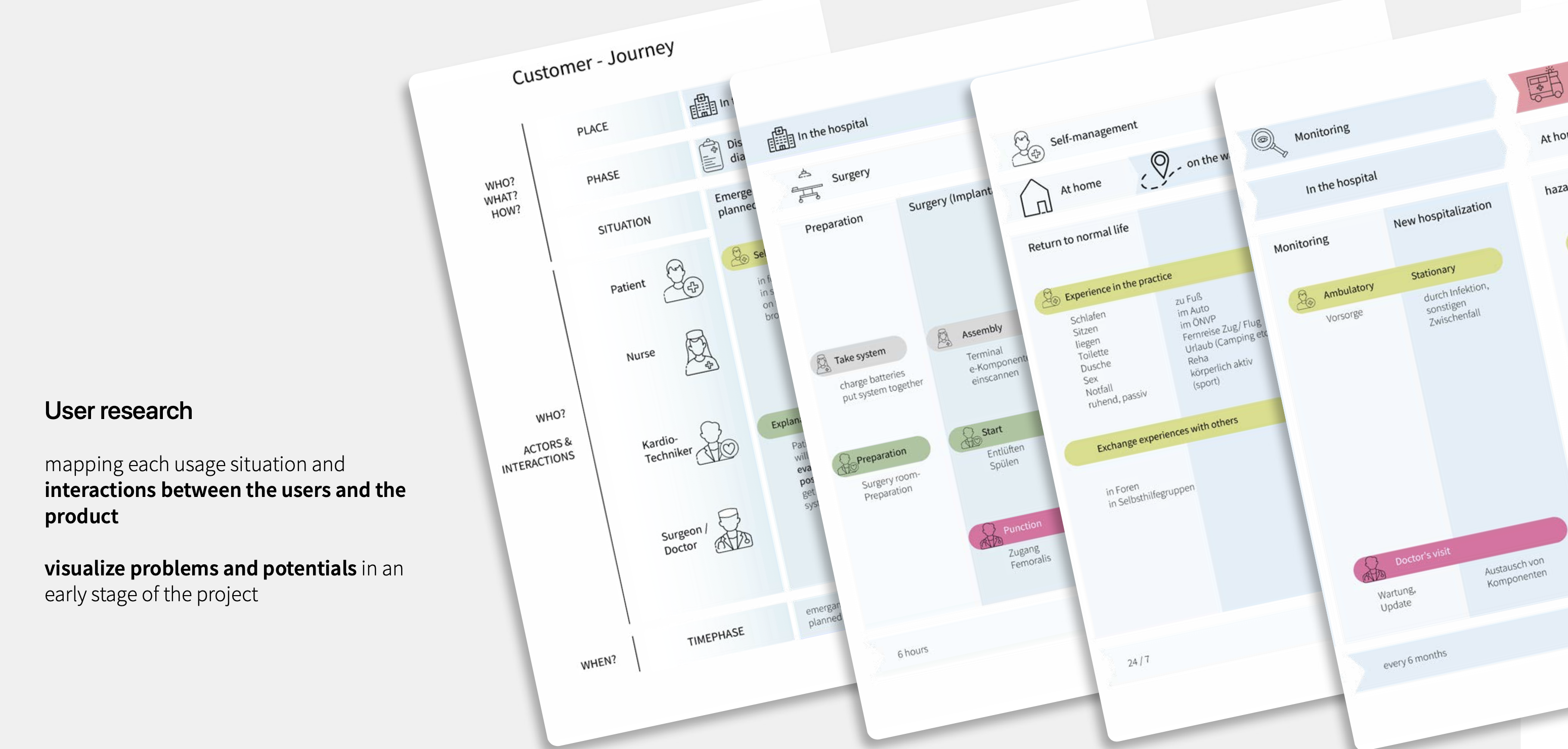

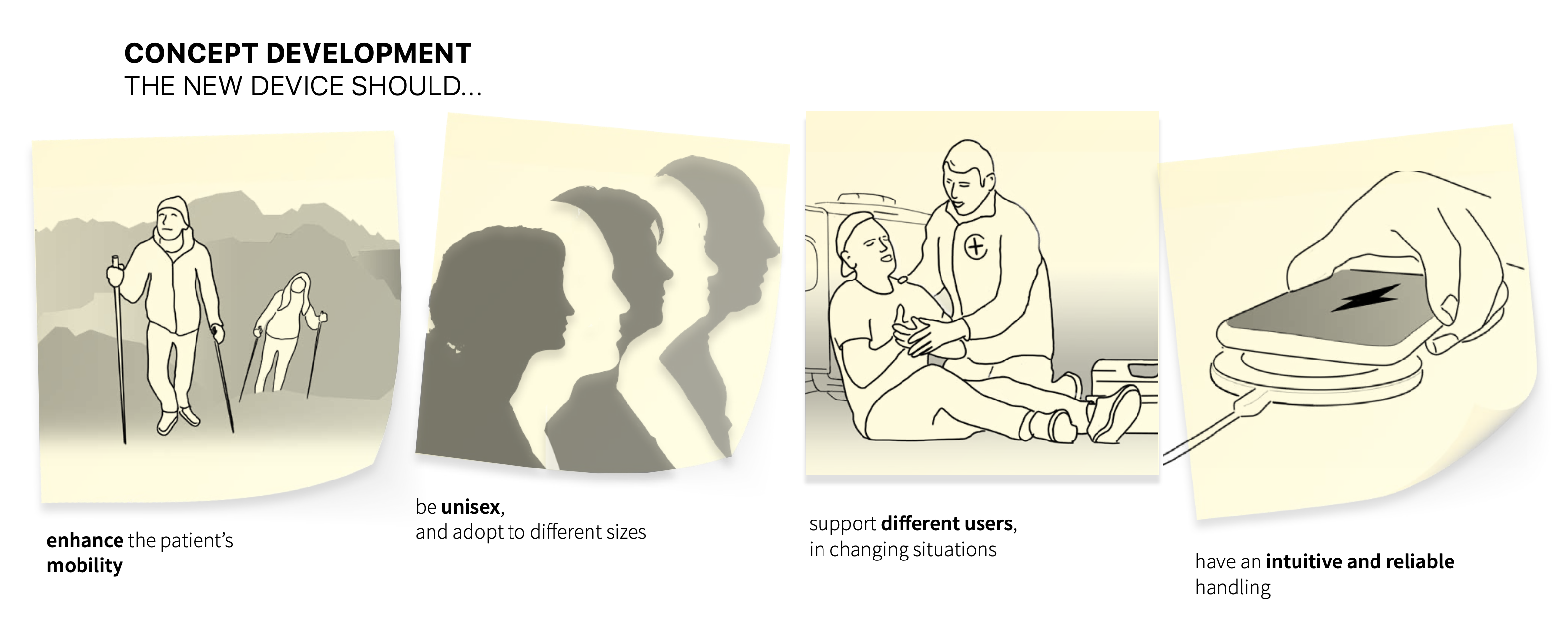
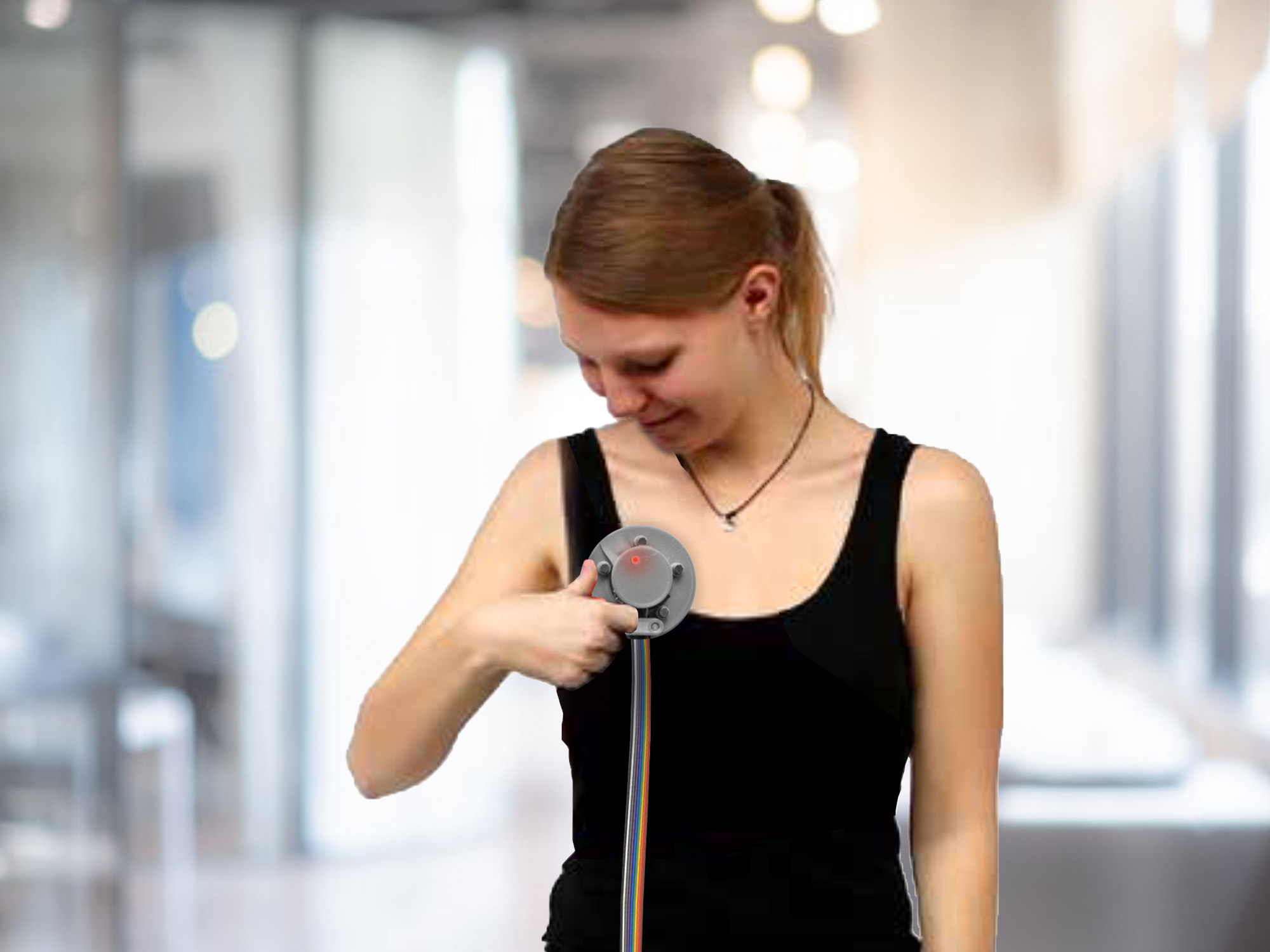
PROOF OF CONCEPT
Since the product is wearable, I prototyped potential product interactions and physical shapes. I gained valuable feedback from users about their preferred wearing habits for further decision-making.
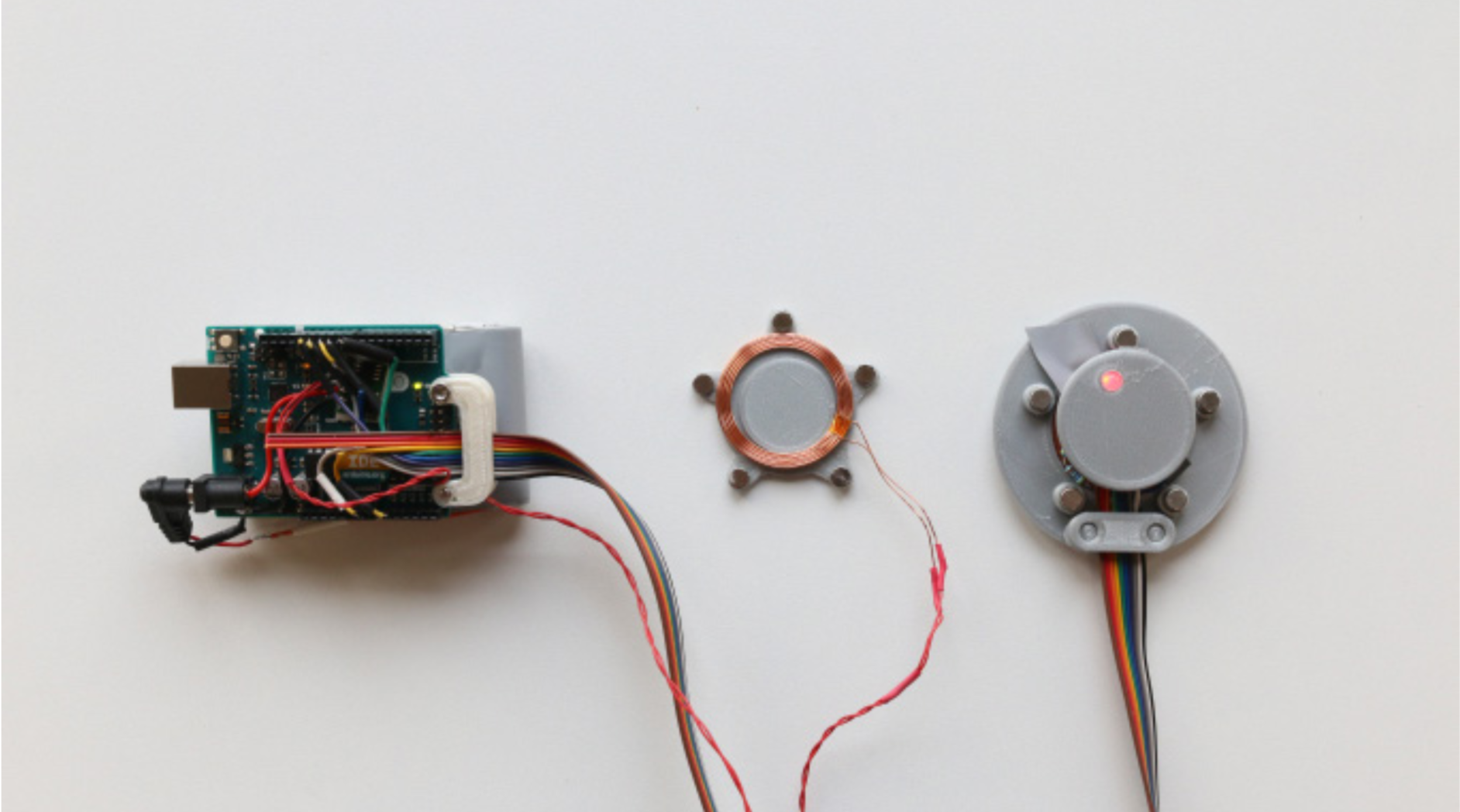



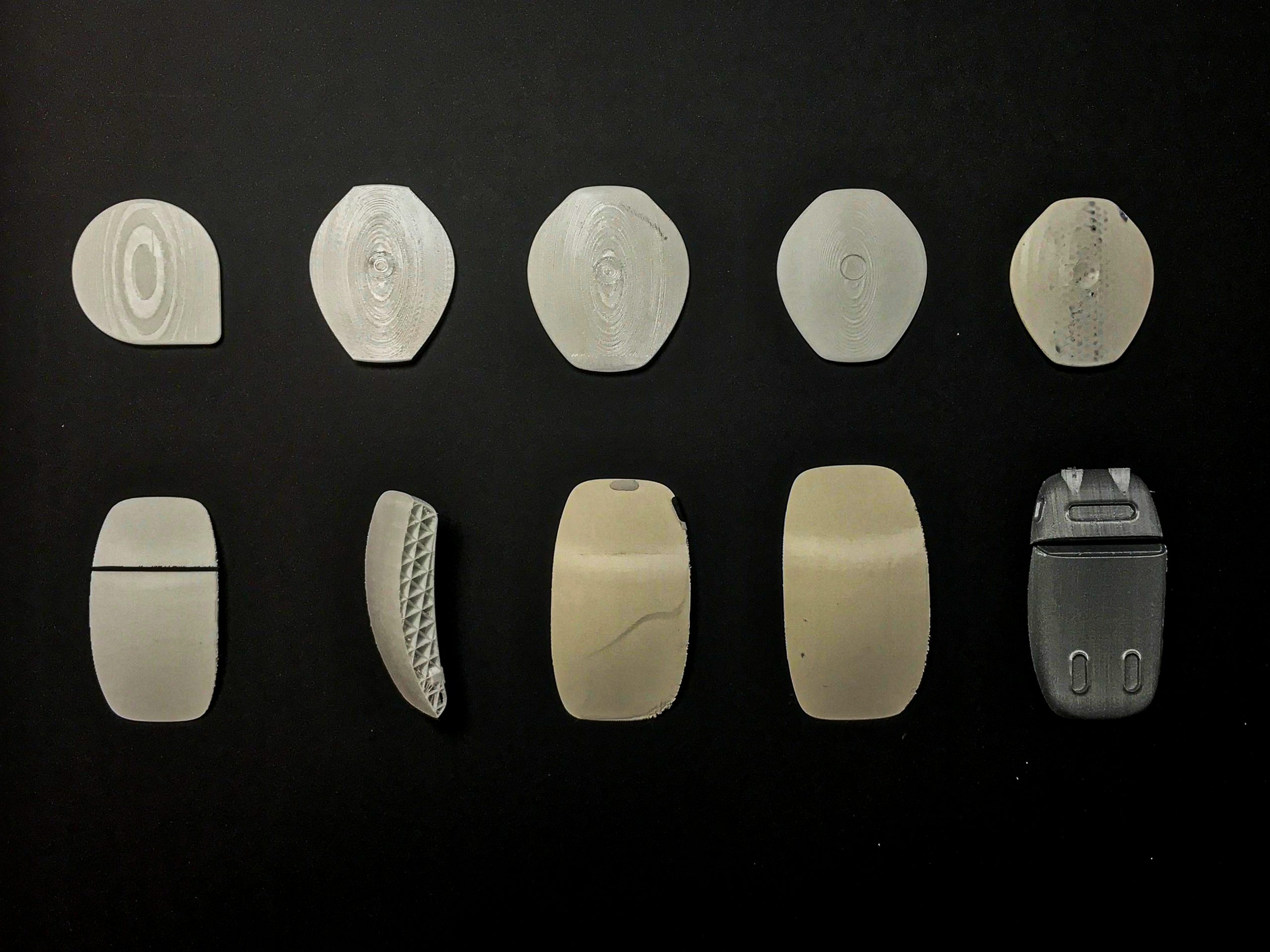

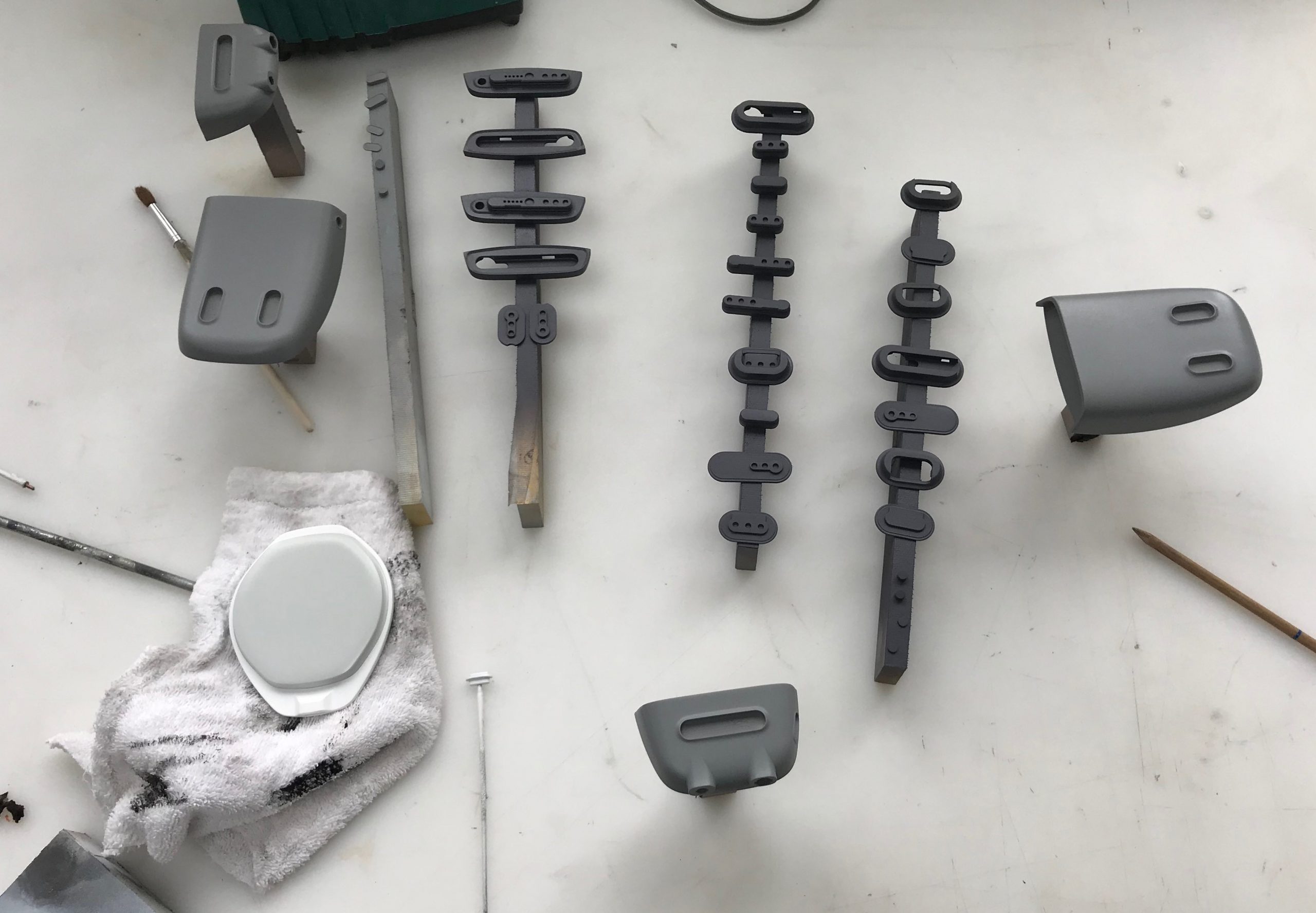
CREATING A DESIGN LANGUGE

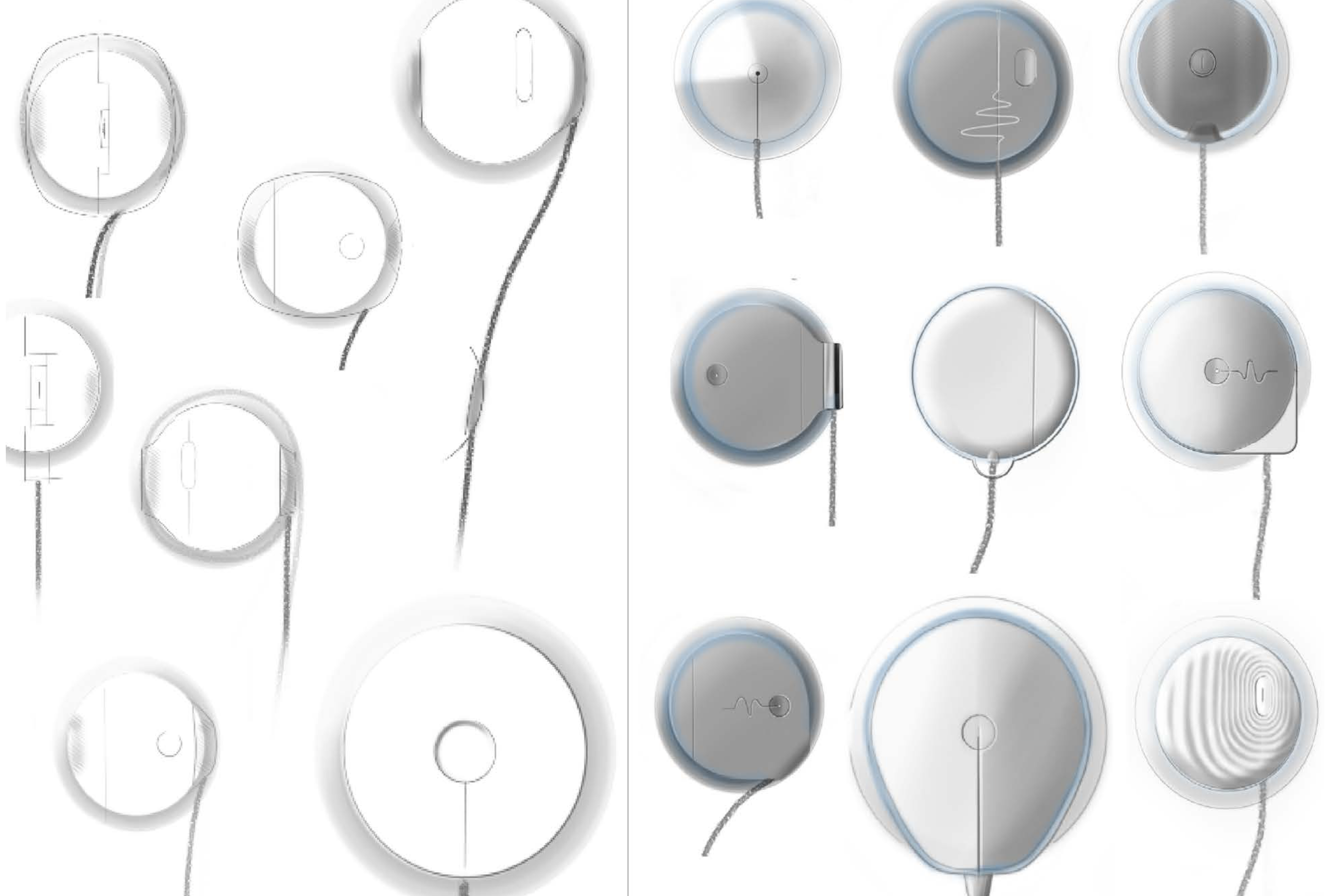
FINAL DESIGN
The final result is a product system of three connected electronic devices and two ergonomically optimized wearing aids.

